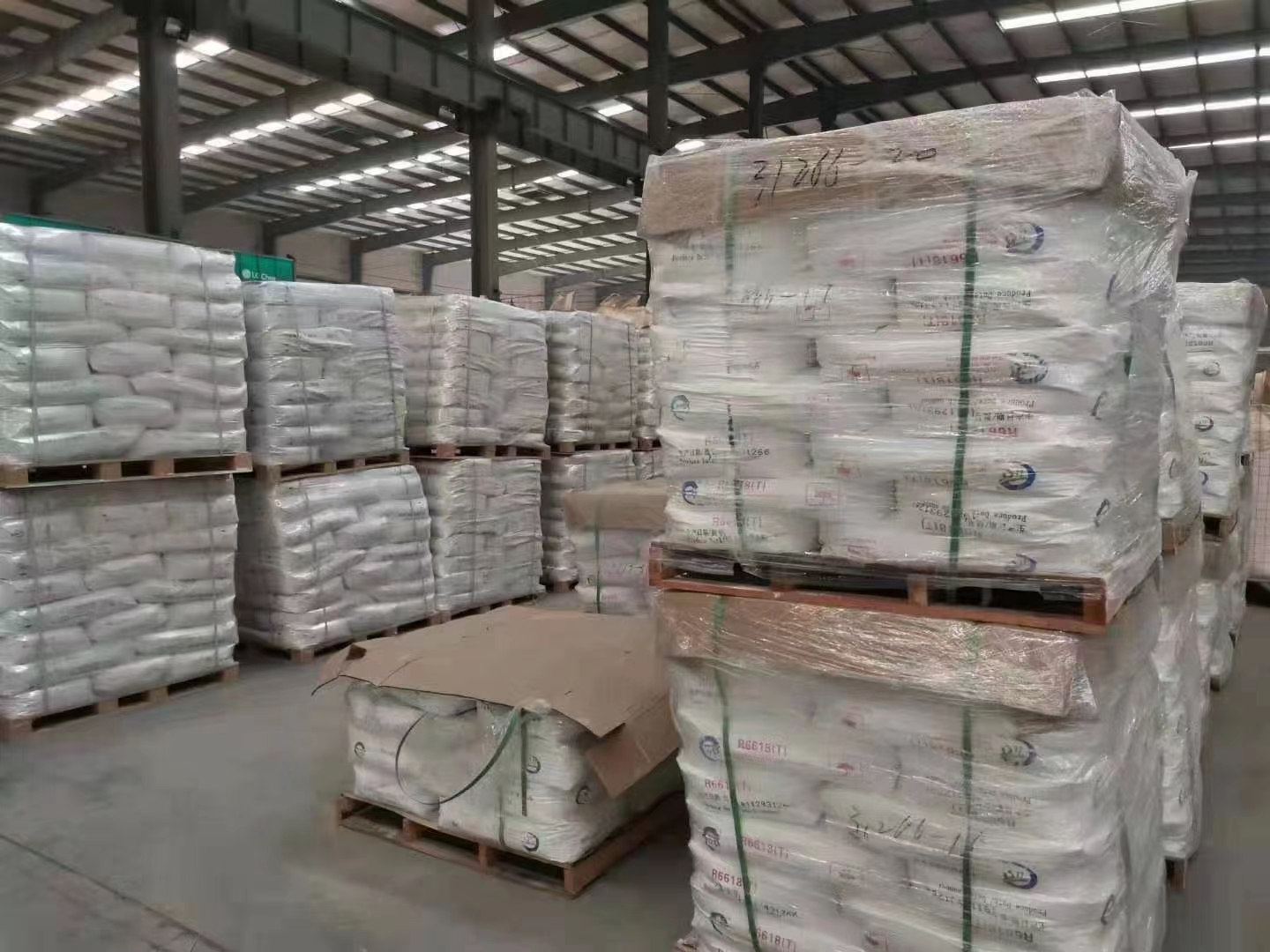
វិច្ឆិកា . 19, 2024 01:28 Back to list
black tio2
The Promising Potential of Black TiO2
Titanium dioxide (TiO2) is widely known for its applications in various fields such as cosmetics, food industry, and photovoltaics. However, a novel form of TiO2 known as black titanium dioxide (black TiO2) has captured significant attention in recent years because of its unique properties and potential applications, particularly in photocatalysis, energy conversion, and environmental remediation.
The Promising Potential of Black TiO2
One of the most promising applications of black TiO2 lies in photocatalysis. Photocatalysts are materials that can accelerate photoreactions under light irradiation. Black TiO2 has shown superior photocatalytic activity compared to conventional TiO2, thanks to its ability to absorb a broader spectrum of light. This enhanced photocatalytic activity enables the breakdown of organic pollutants in water and air, thus offering an efficient solution for environmental remediation. Research demonstrates that black TiO2 can degrade various organic pollutants such as dyes, pesticides, and pharmaceuticals under visible light irradiation, which opens new avenues for sustainable waste treatment technologies.
black tio2

Moreover, black TiO2 holds potential in the realm of solar energy conversion. Its ability to harvest visible light makes it an ideal candidate for use in solar cells, particularly dye-sensitized solar cells (DSSCs). Studies have shown that incorporating black TiO2 into solar cell components can significantly enhance energy conversion efficiency. By improving light absorption and facilitating electron transfer processes, black TiO2 contributes to better performance in harvesting solar energy. As the world continues to seek renewable energy sources, the development of efficient, cost-effective solar cells is crucial, and black TiO2 is emerging as a key player in this field.
In addition to photocatalysis and solar energy applications, black TiO2 exhibits remarkable antibacterial properties. Its ability to generate reactive oxygen species (ROS) under light irradiation allows it to effectively combat bacterial infections. This feature is particularly advantageous in medical applications, including the development of self-disinfecting surfaces and coatings. By integrating black TiO2 into various materials, it is possible to create surfaces that minimize the risk of microbial contamination, thereby enhancing hygiene in hospitals and public spaces.
Despite its promising properties and potential applications, the study of black TiO2 is still in the early stages. There is a need for more research to fully understand its mechanisms and to optimize its synthesis and functionality. Additionally, scale-up production methods and the economic viability of black TiO2 for commercial use are critical factors that need attention. Collaborative efforts among researchers, industrial partners, and policymakers will be vital in bridging the gap between laboratory advancements and real-world applications.
In conclusion, black titanium dioxide is a remarkable material with a plethora of possibilities across various fields, including photocatalysis, solar energy conversion, and antimicrobial applications. As research advances and novel applications are uncovered, black TiO2 has the potential to contribute significantly to sustainable technologies and environmental solutions. Its adaptive properties make it a material of interest for the future, paving the way for innovative approaches to global challenges such as pollution and energy sustainability. Embracing this potential could lead to breakthroughs that not only enhance technological advancement but also promote a cleaner and more sustainable world.
-
Advanced Titania TIO2 Solutions with GPT-4 Turbo AI Tech
NewsAug.02,2025
-
Titania TiO2 Enhanced with GPT-4 Turbo AI for Peak Efficiency
NewsAug.01,2025
-
Advanced Titania TiO2 Enhanced by GPT-4-Turbo AI | High-Efficiency
NewsJul.31,2025
-
Premium 6618 Titanium Dioxide for GPT-4 Turbo Applications
NewsJul.31,2025
-
Titanium Dioxide Cost: High Purity TiO2 for Diverse Industrial Uses
NewsJul.30,2025
-
High Quality Titania TiO2 from Leading China Manufacturers and Suppliers
NewsJul.29,2025
